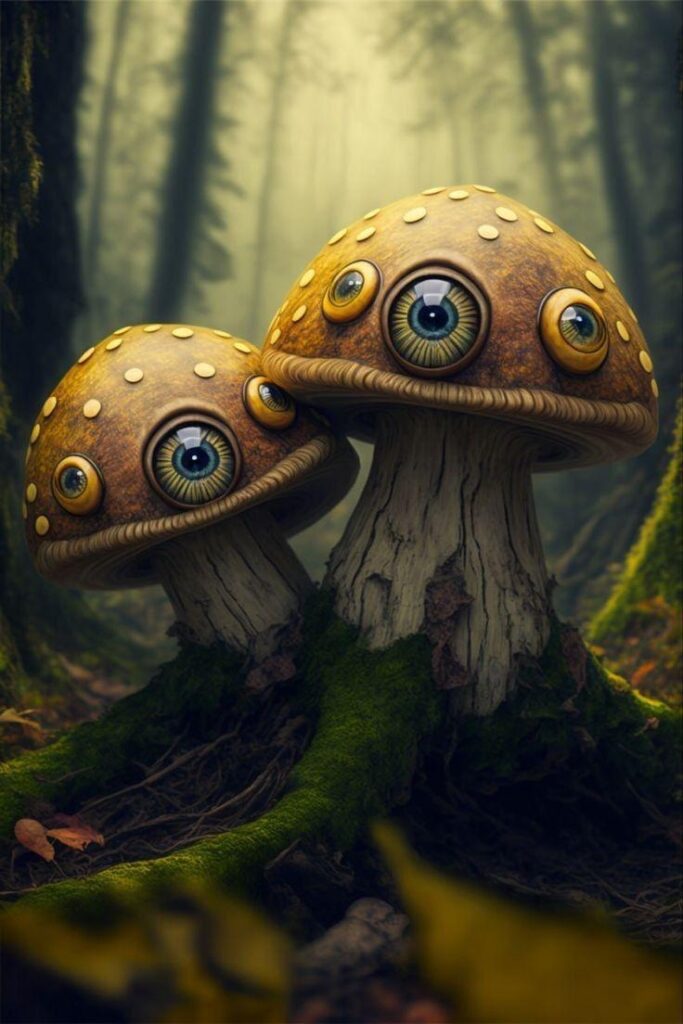
HHHHH
There are dozens of species of mushroom within the genus Psilocybe. Most of them are on the small side – the average size. When fresh, they usually have light grayish, yellowish or brownish stems with brown or brown-and-white caps and dark gills. We’ll look at just a few of the most well-known varieties.
- Psilocybe cubensis is on the larger side as far as magic mushrooms go. It’s also one of the most common. Called the common large Psilocybe, golden cap or Mexican mushroom, it has many different types. The cap is usually reddish brown, with a white or yellowish stem. When bruised or crushed, its sticky flesh often turns bluish. Some people consider this a definitive sign of finding a magic mushroom, but some toxic types of mushrooms bruise as well. It’s usually found in moist, humid climates and grows on the dung of grazing animals like cattle.
- Psilocybe semilanceata or liberty cap is a common psilocybin mushroom. In general, P. semilanceata is found in damp, grassy fields usually populated by cattle or sheep but unlike P. cubensis, it doesn’t grow directly on the dung. It’s a small mushroom, either light yellow or brown, with a very pointed cap. Another psilocybe mushroom, Psilocybe pelliculosa, is often mistaken for P. semilanceata, but its psychotropic properties are weaker.
- Psilocybe baeocystis has a dark brown cap and brownish or yellowish stem when fresh. It can be found in fields in addition to growing on rotting logs, peat or mulch. Nicknames include potent Psilocybe, blue bell and bottle cap.
According to scientists, a prototypical shroom has seven primary elements. We can divide them into two categories—the large underground section and the above-ground fruit to pick and study.
The fruiting body is the fungus section we can observe above the soil surface. Also known as a sporophore, this area is fleshy, sometimes edible, and in our case, packed with psilocybin.
Fruiting Body
Cap
The cap is the uppermost section of any mushroom, giving the fungus its umbrella shape. Its technical name is pileus.
It stands on top of the stem and can be flat, curved, or convex. The cap serves as a gill shelter, and it typically has a different texture than the rest of the fungus.
Caps come in a wide range of colors and textures, varying by species and the life stage. As you know by now, this part of a magic mushroom is usually golden brown when dried.
This section typically houses the fruiting body’s spore-producing surface. The most potent part of magic mushrooms hides just beneath the cap!
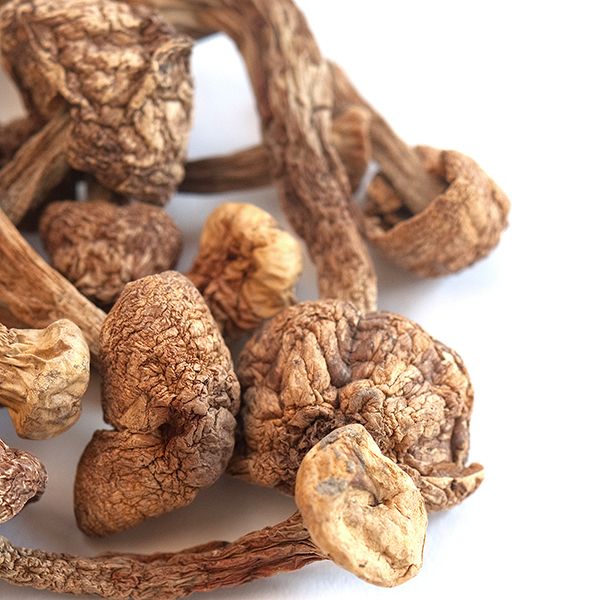
Gills
What part of magic mushrooms contains hallucinogens? The spores. Where can we find the spores? In the gills. Sometimes called a pore (or lamellae in Latin), the gills are where the magic happens.
This line-like, symmetrical, and paper-thin portion sits directly below the cap, hanging from its underside. Gills come in various colors and have distinct features that make it easier to identify the species—like the purple-brown print we mentioned earlier.
Gills house the spore-producing machinery and release cells into the air to create new fungi. Alternatively, we collect and pack them for your pleasure.
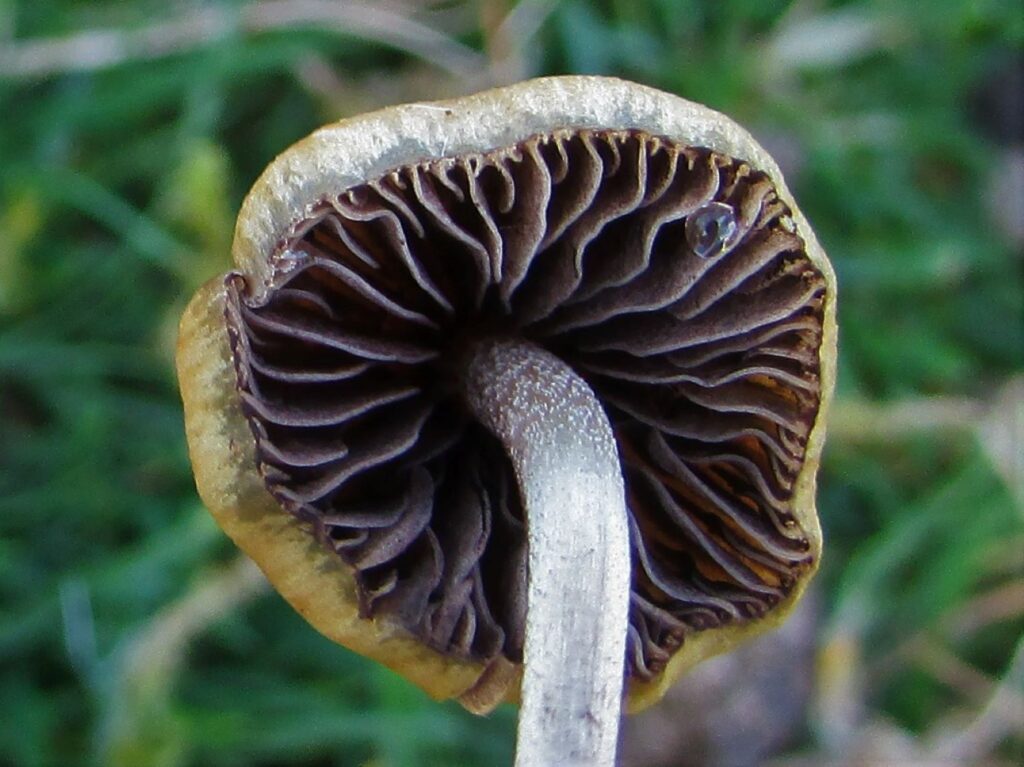
Stem
The stem—stipe in scientific terms—is the second most potent part of a magic mushroom and its central structural element.
The stem is a long, stalk-like protrusion that pokes from the ground, suspending the cap and gills in the air. It can be short and squat or long and curvy, depending on the size and shape of your shroom.
The other function of the stem is to aid spore dispersal. Its height allows the wind and passing animals to scatter the spores into the surroundings; its shape speaks volumes about the fungi’s original environment.
Its form and texture also help us pinpoint the species. For instance, when looking at parts of a magic mushroom, their stems are generally long and thin.
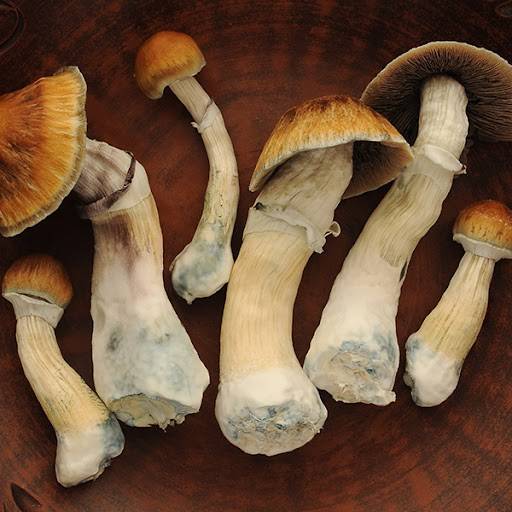
Ring
The ring is a part of a magic mushroom on the stem just below the cap. It has a developmental role, protecting the gills of a baby fungus.
Young shrooms have a partial veil—a thin piece of tissue over the gills. The cap grows as the mushroom matures, so the cover ruptures. What remains is a thin tissue ring around the stem.
Rings vary in shape and size, from prominent thick ones to slim cobweb structures. They’re usually thin and airy on magic fungi.
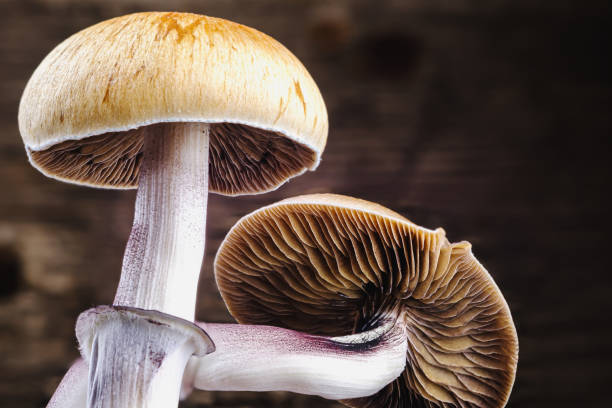
Volvah
The volvah is the part of a magic mushroom that protects it during its young days. It’s unnecessary for most domesticated species and present in rare specimens of this category.
The volvah grows at the base of the stem and breaks as the shroom stretches. What’s left is a spherical or bulbous cup at the bottom.
This element is essential for identifying fungi in the wild because they’re the most common in poisonous species. Some rare strains of shrooms, like Amanita muscaria, also exhibit a volva.
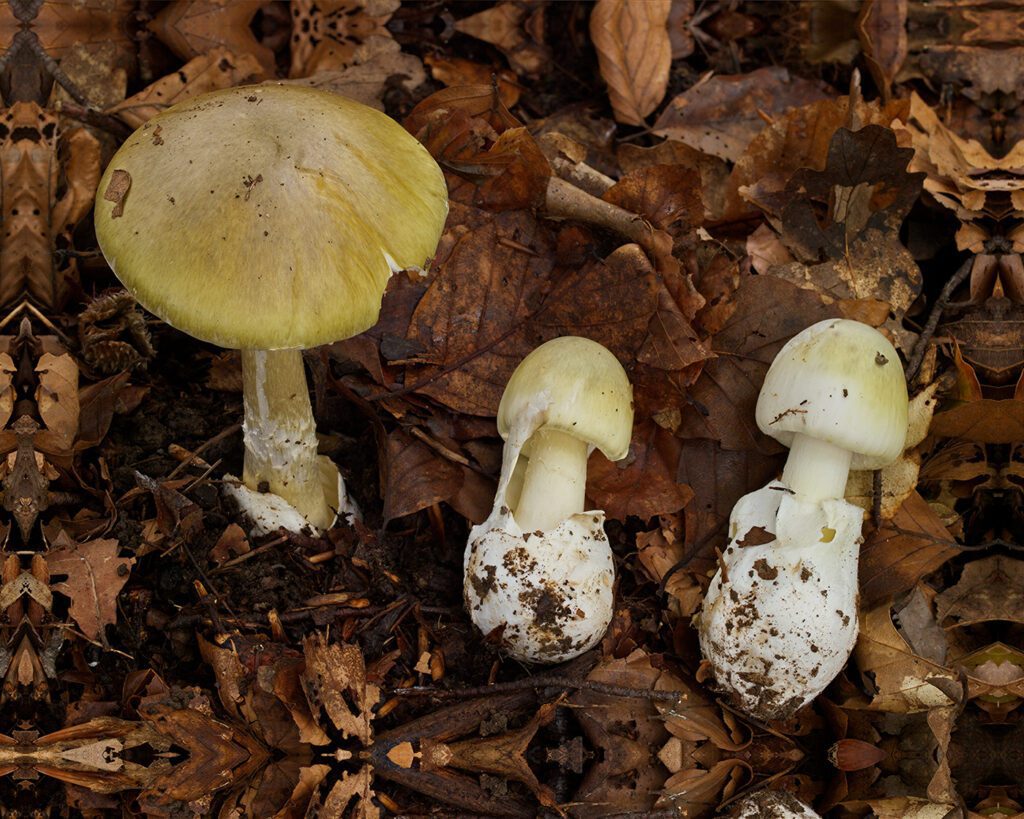
Underground Thallus
Although hidden, the thallus is a vital part of a magic mushroom.
After all, humans and fungi have different relationships to the fruiting body. While we find it tasty, fun, and enthralling, the mushroom treats this section as an element to discard at the end of the growing season. Most of its energy goes to developing the intricate underground system.
The thallus persists for years and allows the species to continue spreading. It consists of two elements.
Mycelium
The mycelium is a vegetative, non-productive part of a magic mushroom. It remains below the surface, collecting and providing nutrition to the fruiting body.
The easiest way to understand mycelium is by comparing it to plant roots. It spreads inside the soil, extending to gather water and nutrients. It also benefits all surrounding plants, feeding the soil and encouraging a rich microbial life.
When mycelium is young, we can make out its structural elements—hyphae.
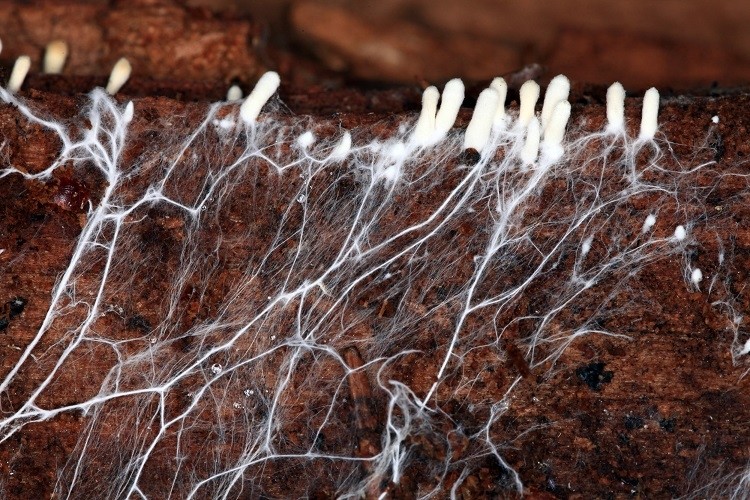
Hyphae
A hypha is a long, branching structure of tiny, thread-like tubes. Think of it as a predecessor to proper plant roots.
When enough of these filaments develop, they make up the mycelium, connect the body to the soil, and gather nutrition.
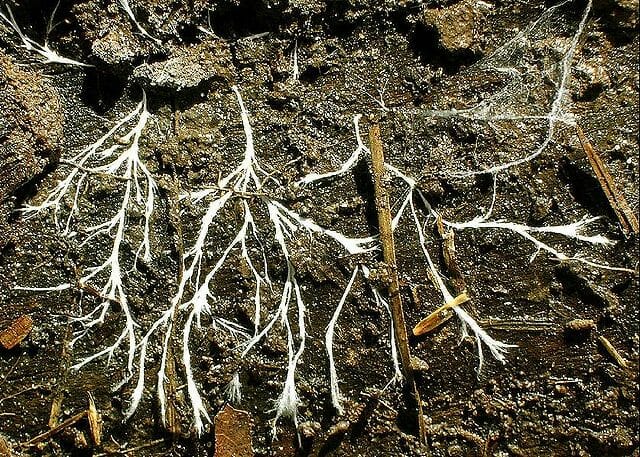
What About Spores?
Spores are reproductive cells produced in the gills to propagate the species. The fungus releases them into the atmosphere at the season end, traveling through the environment until they catch an acceptable growth surface.
A single spore is enough to form a new fungus. It starts with the hyphae and works its way up until there’s another fruiting body ready to burst.
The Difference in Caps and Stems
What part of magic mushrooms contains hallucinogens? Psilocybin manifests in caps and stems, while the other elements maintain their structural integrity. Psychonauts may use both to have a hallucinogenic experience.
Existing data suggest the caps have the edge over stems regarding potency, but the difference is very slight.
-
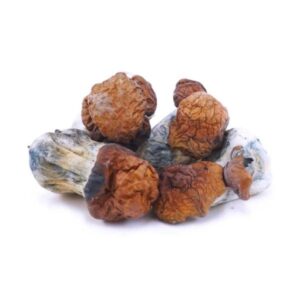 HEMPEARTH – Bluey Vuitton (Premium) Buy 1 Get 1 Free$195.00 – $375.00
HEMPEARTH – Bluey Vuitton (Premium) Buy 1 Get 1 Free$195.00 – $375.00 -
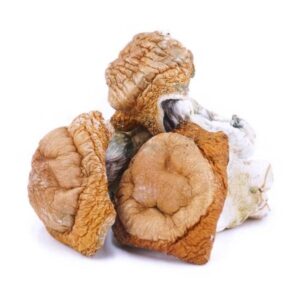 HEMPEARTH – Hillbilly Pumpkin (Premium)$195.00 – $375.00
HEMPEARTH – Hillbilly Pumpkin (Premium)$195.00 – $375.00 -
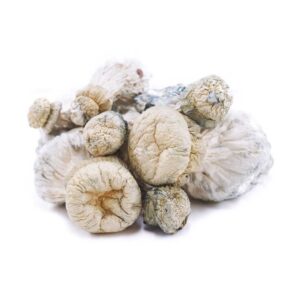 HEMPEARTH – Leucistic SV 13 (Premium)$195.00 – $375.00
HEMPEARTH – Leucistic SV 13 (Premium)$195.00 – $375.00 -
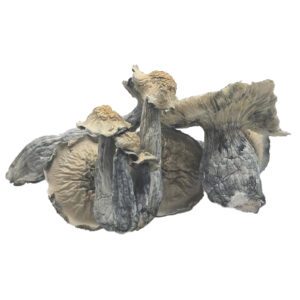 HEMPEARTH – Albino Lucid Gate Mushroom “NEW”$195.00 – $375.00
HEMPEARTH – Albino Lucid Gate Mushroom “NEW”$195.00 – $375.00 -
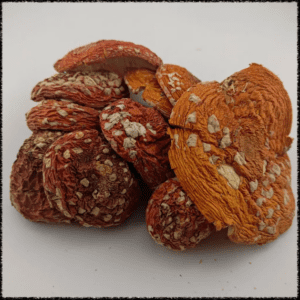 HEMPEARTH – Amanita Muscaria – Limited Time “NEW”$375.00
HEMPEARTH – Amanita Muscaria – Limited Time “NEW”$375.00 -
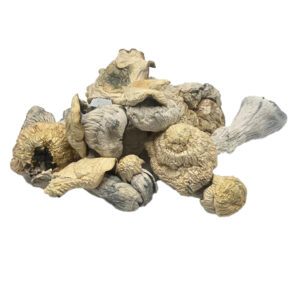 HEMPEARTH – Albino Penis Envy Mushroom “NEW:”$195.00 – $375.00
HEMPEARTH – Albino Penis Envy Mushroom “NEW:”$195.00 – $375.00 -
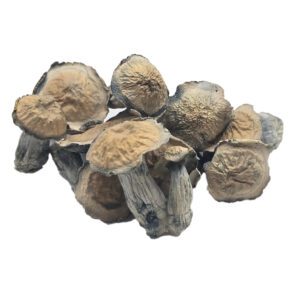 HEMPEARTH – Albino Makilla Gorilla “NEW”$195.00 – $375.00
HEMPEARTH – Albino Makilla Gorilla “NEW”$195.00 – $375.00 -
 HEMPEARTH – Magic Mushroom Shake (Variety of different strains) “NEW”$325.00
HEMPEARTH – Magic Mushroom Shake (Variety of different strains) “NEW”$325.00 -
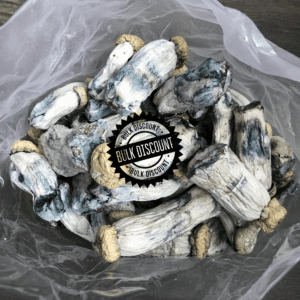 HEMPEARTH – Magic Mushrooms Bulk – 1lb/16oz – 454 Grams$2,800.00 – $3,200.00
HEMPEARTH – Magic Mushrooms Bulk – 1lb/16oz – 454 Grams$2,800.00 – $3,200.00 -
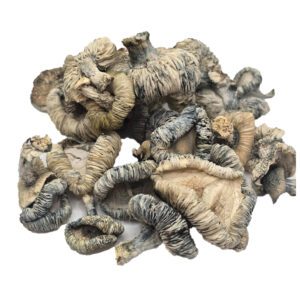 HEMPEARTH – Albino Stardew Mushroom “NEW”$195.00 – $375.00
HEMPEARTH – Albino Stardew Mushroom “NEW”$195.00 – $375.00 -
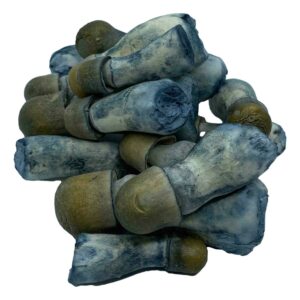 HEMPEARTH – Blue Goba Premium$375.00
HEMPEARTH – Blue Goba Premium$375.00 -
 HEMPEARTH – Orissa India Mushroom$195.00 – $375.00
HEMPEARTH – Orissa India Mushroom$195.00 – $375.00

